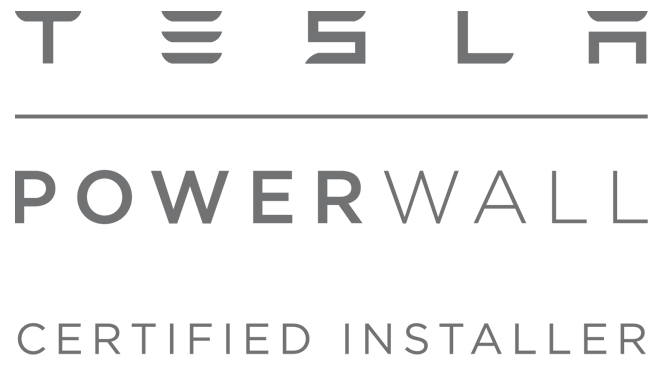Top Brands & Their Corporate Green Initiatives
- March 14, 2022
- 12:21 am
- No Comments
A long-term business strategy or program that aims to promote and protect the wellbeing of the planet, people, and society

Having a green and sustainable business is not easy. It requires critical and creative thinking to create long-term and sustainable programs that will leave an impact on the planet as well as on the brand and the customers. You are the boss of your company, and you may be wondering, “Is there any way that my company can help the planet yet create an impact for the brand?” The answer is “Corporate Sustainability Initiative (CSI)”.
CSI is a long-term business strategy or program that aims to promote and protect the wellbeing of the planet, people, and society. It has four pillars: human, environmental, societal, and economic. Brands use CSI as a tool to encourage environmental change, reduce corporate footprint, raise awareness on certain environmental issues, support small communities, gain consumer trust, and improve the brand image or increase brand recognition.
Due to climate change, global warming, and the depletion of natural resources on the planet, companies put their efforts more on environmental sustainability initiatives or “green initiatives”. Green initiatives are known to be cost-efficient. Companies don’t need to spend more on operation and marketing, can reuse available resources, and easily meet the compliance requirements of the government or constitution. Companies with green initiatives are perceived as environmentally sensitive, promoters of sustainable future, and heroes of the planet. Hence, companies earn brand recognition, consumer trust, and sustainability awards.
Here are examples of green initiatives from top brands in the world.
- Ford Motor Company‘s vehicles use sustainable fabrics on the seats while most of the Focus and Escape vehicles are made from recyclable materials, which makes them recyclable vehicles. The company also focuses on producing fuel-efficient cars and uses clean diesel on its heavy-duty pickup trucks. Their paint fumes are also used as recyclable material to create fuel. Their factories also utilized Geothermal cooling systems. Lastly, they own the world’s largest green roof or a layer of vegetation planted over a waterproofing system that won twice in a row in the EPA Energy Star Awards.
- GlaxoSmithKline, a pharmaceutical company, aims to reduce its environmental footprint by reducing its production waste and carbon emissions by 25% by 2030.
- Disney started regulating zero net direct greenhouse gas emissions within all its facilities. They also reduce indirect greenhouse gas emissions by limiting the use of electricity. The company also has a zero-waste policy that aims to reduce waste that would end up in landfills. They also use state-of-the-art technology that saves water and energy. Lastly, they are working on lessening the environmental footprint on their product manufacturing and distribution.
- Apple has promised to provide 27,000 mangrove trees in Colombia, and their production facilities run on 100% green energy, leveraging on wind and solar power instead of fossil fuels.
- Hewlett-Packard‘s goal is to reduce its greenhouse gas emissions and lessen the use of toxic substances in product manufacturing. They also have strong recycling programs that aim to reduce waste and the use of toxic substances. Moreover, they started to highlight in their advertisements the importance of environmental responsibility and promoting green intiatives.
- Lego is now making blocks from PET plastic from discarded bottles. The company also reduces its packaging and is now sourcing 100% renewable energy.
- eBay developed the idea of reusing and selling goods instead of throwing things out to buy something new. The company has also partnered with the United Stated Postal Service (USPS) for a greener shipping option for their products.
- Bosch also devoted 50% of its company budget to environmental research and development. They also provide support to universities and other research programs that are focused on sustainability.
- Johnson and Johnson works to reduce their waste in their product manufacturing and distribution by using sustainable products and packaging methods. They also own a number of hybrid vehicles that consume less gas and oil and emit less greenhouse gas than conventional petrol or diesel-engined vehicles.
- Nike uses the power of advertising to promote the value and importance of green initiatives. The company also uses environmentally-preferred materials and renewable energy sources to manufacture sustainable products.
- Starbucks stores use Fair Trade Certified and Certified organic coffee in their coffee beverages and plan to achieve LED certifications for their new outlets. The company is able to reduce its operating costs as well as minimize its environmental footprint. Moreover, they have a “green-building” program that includes adjusting their store’s air-conditioning temperatures and buying furniture that is made from 90% post-industrial materials.
- Google pushes for a greener future with its green supply chain management practices and environmental sustainability. They are committed to supplying their headquarters with renewable energy sources, organising farmers’ markets, having sustainable cooking seminars, and using goats to trim the grass.









